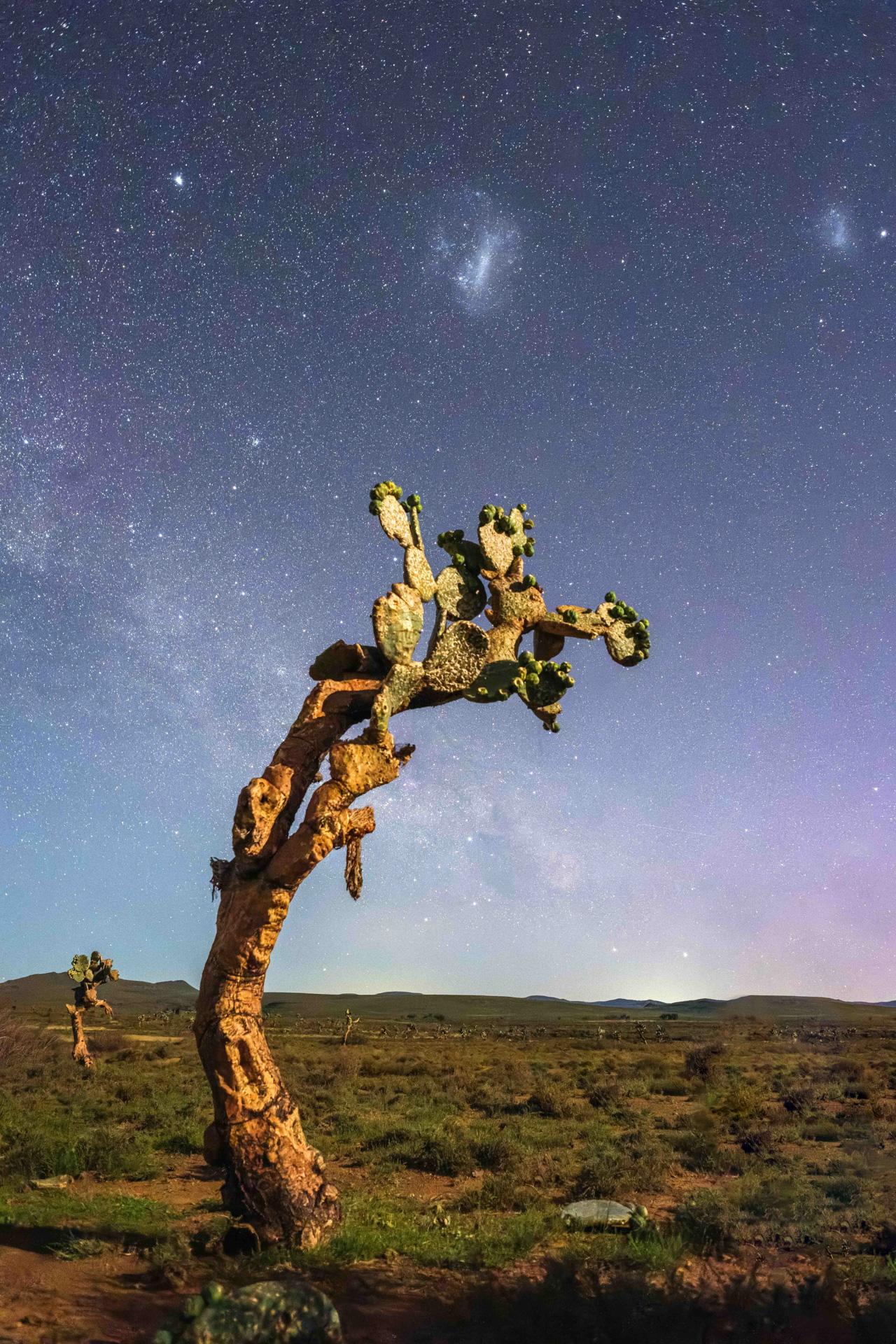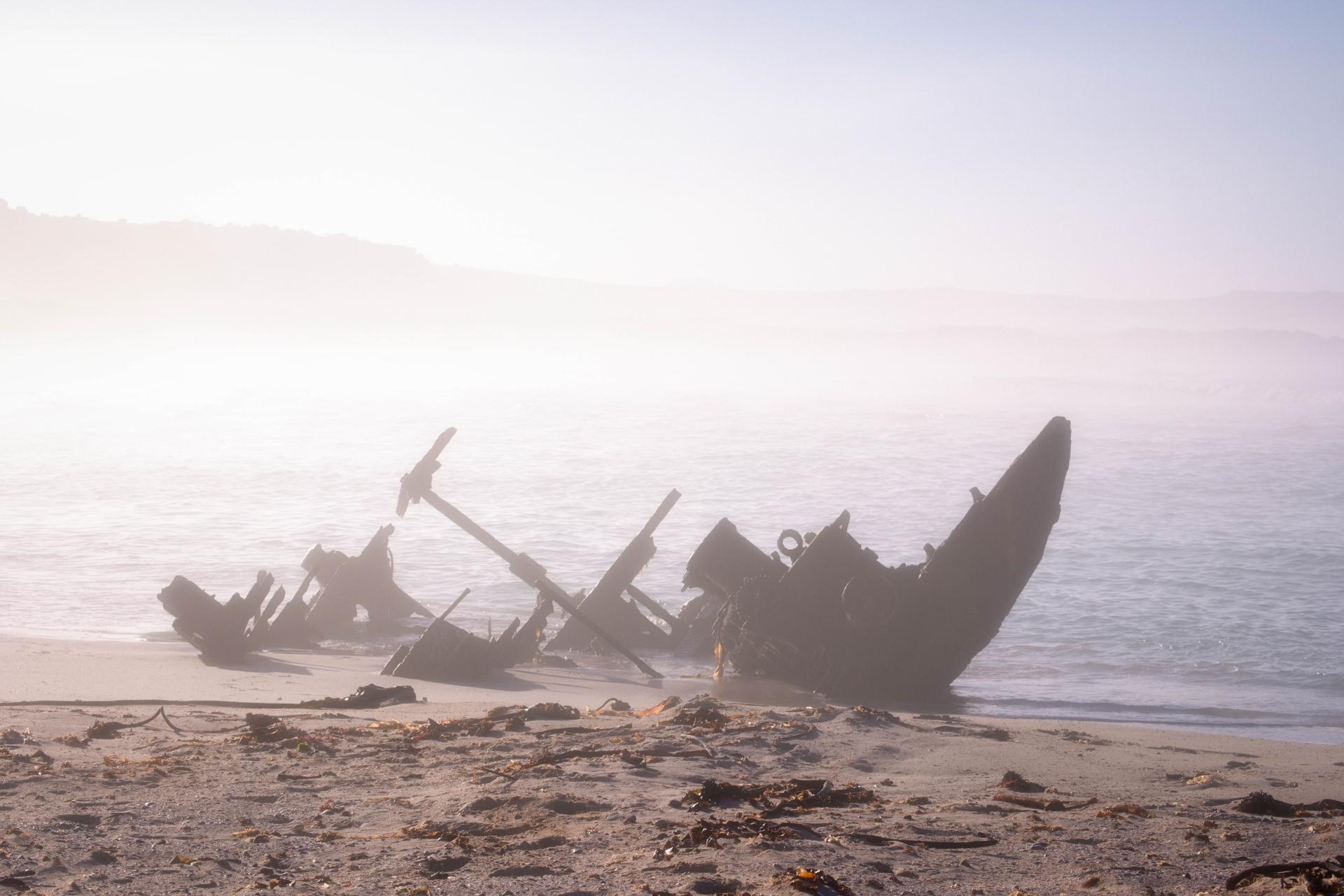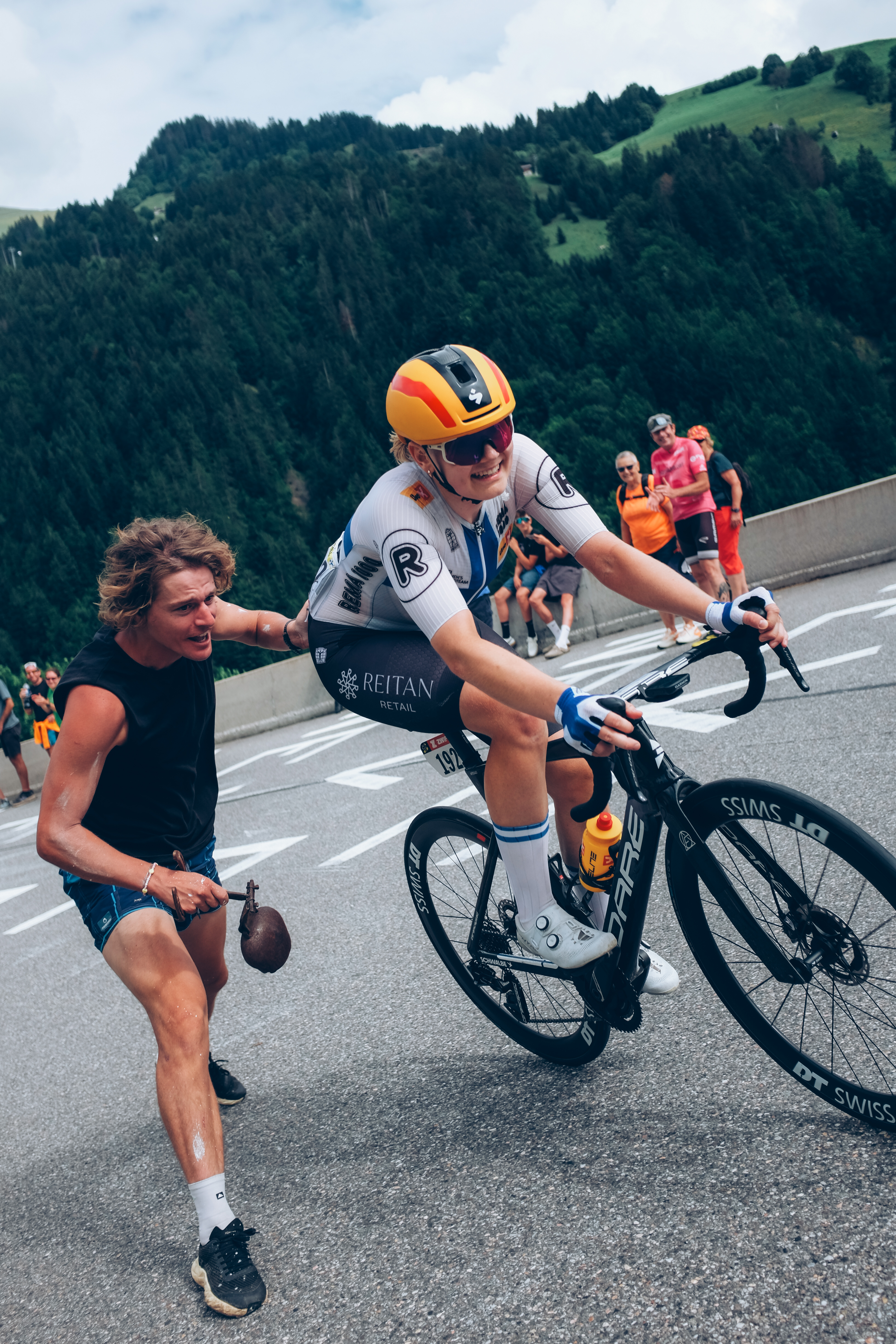USER EXPERIENCE: Landscape photographer Jon Kerrin on the Fujifilm X-T5 (and the 14mmF2.8)
With a new sensor, a number of new features and a return to a smaller body, what did landscape photographer Jon Kerrin think about the Fujifilm X-T5? We caught up with him after the holidays to chat all things X-T5.
What are your thoughts on the Fujifilm X-T5’s improved 40.2MP sensor, up from 26.1MP on the X-T4?
Higher megapixel count doesn’t always mean better quality and we see this in some high megapixel smartphone cameras these days. Fortunately, this is not the case with Fujifilm’s 40.2MP sensor. Just like on the X-H2, the X-T5’s image quality remains exceptional. This is a dream if you need to crop in images of wildlife or landscapes.
Typically, one of the drawbacks of a higher megapixel sensor is the increased noise levels in the image, however the X-T5 maintains the same high standards as it’s always had, providing a clean, sharp image.
The higher megapixel count also results in large file sizes. This can fill up SD cards and hard drives much quicker. Personally, I find it to be a small tradeoff for the benefits the new sensor offers. (Tip: Turning on Lossless Compression in the image quality settings can significantly reduce the file size while maintaining the same quality image.)
In regard to the physical size of the body, the X-T5 is smaller than the X-T4. Did this make a difference during usage? Do you feel there are other significant ergonomic changes to note?
Having followed the rumours that predated the launch of the X-T5, I was prepared for a lot of the features the camera has, but one thing that surprised me when using the camera was its size.
Considering the inclusion of IBIS as well as Fujifilm’s ‘new’ larger battery I did not expect the camera to be smaller than the X-T4, coming in at 50g lighter than its predecessor. This puts the X-T5 closer to the weight of the X-T3, but with a whole lot more features, making it a fantastic option for light-weight travel with all the benefits of a pro camera.
Many users are glad about the return to the 3-way tilting LCD of the past. What’s your opinion?
I am one of those users!!! Personally, I am very pleased to see the return of the 3-way tilting LCD. As a landscape and wildlife photographer I far prefer the screen directly below the line of my EVF rather than to the side. This makes it a bit easier to compose an image, and it feels more natural than glancing to the side of the camera. I also find the 3-way tilting LCD to be less obtrusive than the flip-around screen, and less prone to getting damaged when operating in low light environments.
I think Fujifilm film has made the right choice by keeping the flip-around screen on the new X-H line of cameras that are more geared to videographers and vloggers who need that functionality.
Who would you recommend the X-T5 to?
I came to love the X-T range not only for its functionality, but also for its retro and tactile aesthetic: The X-T5 maintains this feeling. The X-T5 is more than capable for any photographer’s needs, so I think anyone who uses this camera will enjoy it.
This camera is also for anyone upgrading from the X-T3 and below. The inclusion of built-in image stabilisation is invaluable for so many genres of photography, plus the larger battery capacity is much more convenient than what the X-T3 could offer.
If you are a videographer/vlogger, or a dedicated pro sports or wildlife photographer then I don’t think this is the camera for you. I believe one of the new X-H cameras is better suited to your needs. However, if you enjoy a diverse range of images including travel, portrait, landscapes, wildlife and the occasional video, then this camera will give you everything and then some.
I have been shooting the X-T system for over seven years now as a professional landscape photographer and have been more than happy with everything these cameras offered. But the X-T5 takes this to a whole new level, and provides me excellent resolution on a system that is easy to hike and travel around with. I highly recommend it to anyone who enjoys nature photography, including wildlife, pet, macro, and of course landscape photography.
Finally, can you share your thoughts on the FUJINON XF14mmF2.8 R that you tested?
The 14mm F2.8 R was a pleasant surprise. The extra 2mm offers significantly wider coverage than the 16mm F1.4 that I’m used to, making it a brilliant option for grand vista landscapes. This wide-angle coverage paired with the F2.8 depth-of-field also makes it an unbeatable option for astro and low-light photography. The lens is tack-sharp, and has almost no discernible distortion. Overall I think it is a fantastic piece of kit to get top quality images.
I will be putting this lens to work on my upcoming astrophotography workshops in the Klein Karoo, Cederberg, and Namibia, so stay tuned for more feedback on how it performs in those conditions.
To see more of Jon’s work, or to learn more about the tours and workshops he offers click on the links below:
Website: https://www.jonkerrin.com
Tours & Workshops: https://www.venturekj.com
Facebook: https://www.facebook.com/jonkerrinphotography/
Instagram: https://www.instagram.com/wherethelight_is/














